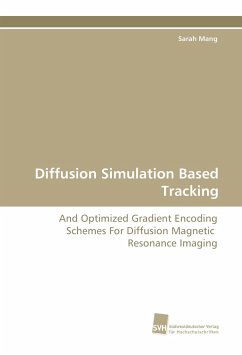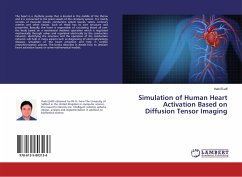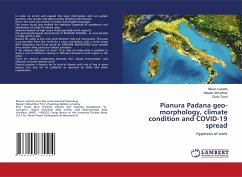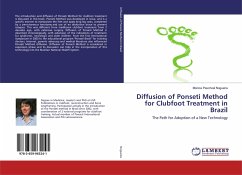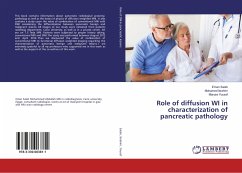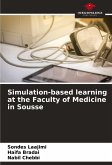DTI allows the distinction of matter anatomy, because the measured diffusion is stronger in parallel with boundaries; such as for example cell membranes. For the reconstruction of the course of neuronal fibers, fiber tracking methods were developed. Classical methods cannot handle voxels that contain multiple fiber orientations, for example fiber crossings. A new diffusion simulation based fiber tracking method that uses time-of- arrival maps to reconstruct the tracts is presented. This method is able to solve problems of the commonly used methods. More advanced diffusion models, such as higher order tensors require extensive measurement time for the data acquisition. To reduce this time, the required number of encoding directions and the distribution of the directions for higher order tensor estimations was investigated and evaluated with several quality measures. The results show, that 21 directions are the minimal required number of encoding directions for the higher order tensor hierarchy model and that the paired off force minimizing gradient encoding scheme is the best all purpose scheme for diffusion evaluation with second or higher order tensor models.
Bitte wählen Sie Ihr Anliegen aus.
Rechnungen
Retourenschein anfordern
Bestellstatus
Storno

